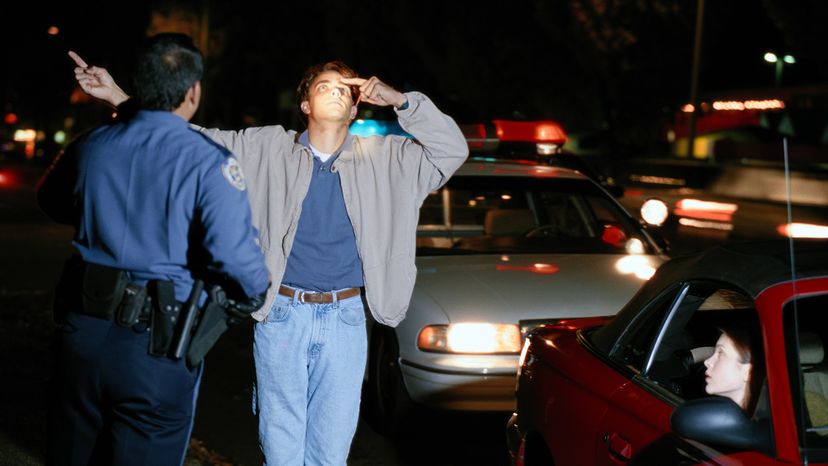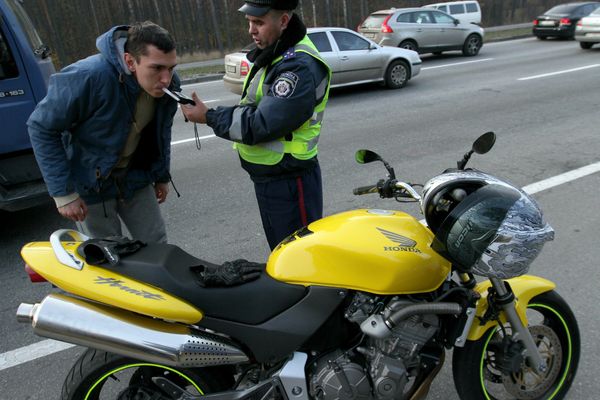Generally, when drivers are required to install an aftermarket IID after a DUI, they pay the costs for installation, monthly fees for the court-mandated monitoring period, and the removal fee at the end of their sentence. These costs can easily add up to thousands of dollars, which is not necessarily representative of the cost of the IID device itself.
Since there are different suppliers of these IID devices in different areas, prices can vary and furthermore, the monthly fee also includes a monitoring service that records the results of each test to report back to the court, if necessary. LifeSaver, says their pricing is bound by the laws of the states in which they provide their services.
It's unclear how (or if) the cost of these devices would be passed on to consumers if they become mandated as part of car equipment, though the text of Sen. Udall and Scott's proposal specifies that federal funding will help pay for development costs. (The federal government has already dedicated about $50,000,000 to the project.)
"Some in the industry raised cost as an objection to other landmark safety requirements like seatbelts, airbags and backup cameras, but Senator Udall believes that years of federally-funded research have prepared this technology to be integrated into mass commercialization in the coming years," Adriance says. "While the cost projections are still developing, Senator Udall believes that widespread deployment in new cars can be done in an affordable way."
For now, the proposed legislation is focused on providing resources for development, with details on implementation to follow.
"At the moment, the Driver Alcohol Detection System for Safety (DADSS) Program, which is partially funded by the NHTSA, has developed technology that can detect alcohol in the driver's breath that they are testing in Virginia and Maryland," Adriance says. "Engineers are also developing devices to detect the blood alcohol level of the driver using touch sensors. Volvo has announced that it will be installing cameras in cars to detect if a driver is drunk or distracted, and Senator Udall hopes that the spirit of this completely voluntary initiative demonstrated by Volvo will set the standard for automakers selling cars in the United States."

